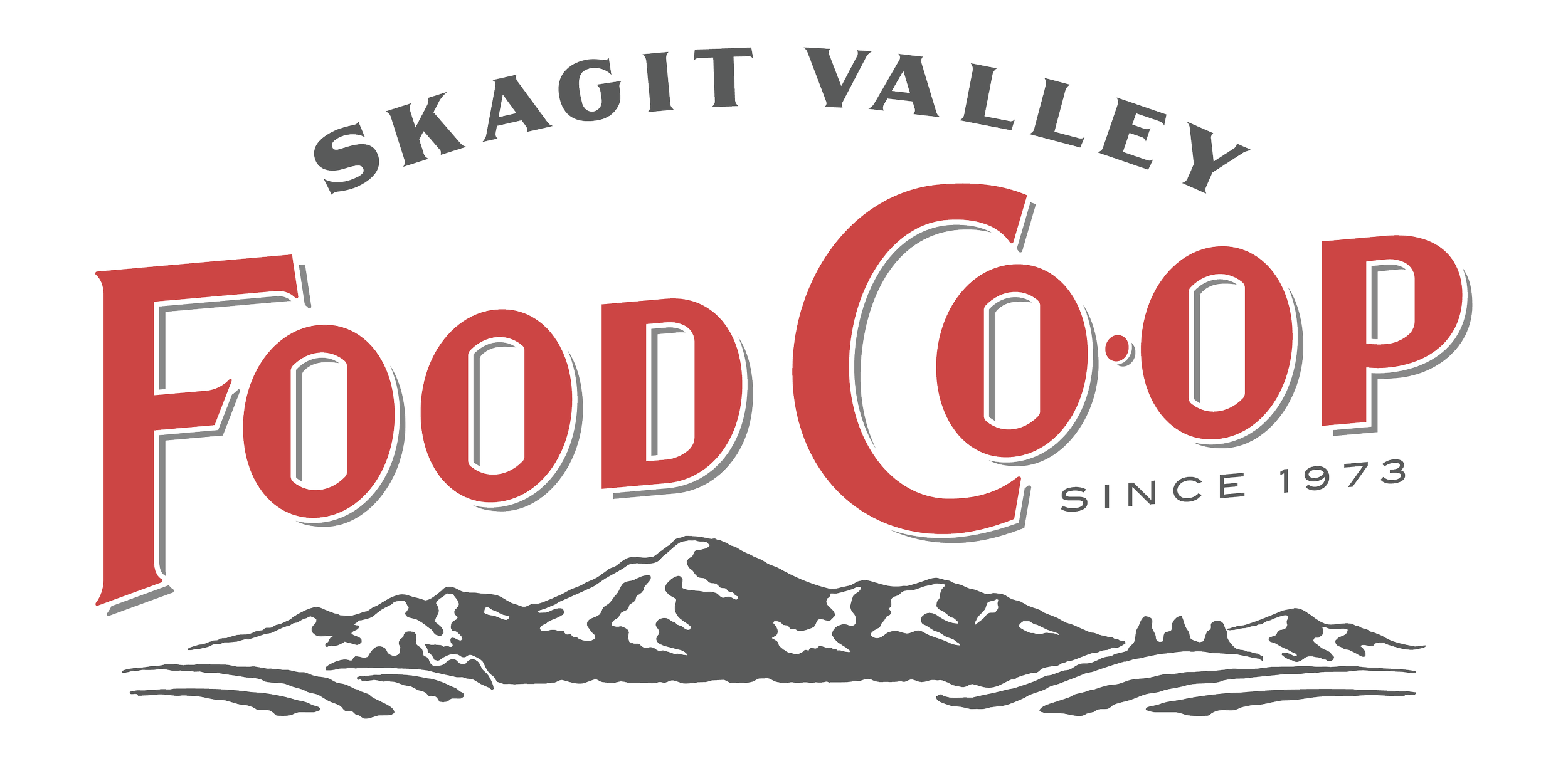Weather Patterns
By Ben Goe
Summers were mild when I was a kid. We’d have a few hot days in Blanchard, on the northwestern edge of the Skagit Valley, but it seldom got into the 80s. No one – and I mean no one – had air conditioning. Our climate has changed a lot since then, more than I could have anticipated.
These changes are affecting how we live generally, and whether or not we realize it, it’s also affecting how we eat. Climate change is having a massive impact on agriculture. Once again, those of us in Skagit have it lucky (for now), but we depend on California for much of our out-of-season produce, and Eastern Washington for much of our fruit. Things aren’t going so smoothly for them. Rising temperatures in the summer, colder and harsher winters, and uncontrolled wildfires are devastating our fruit orchards in Eastern Washington. The same issues plague California, along with quickly dwindling water resources and unpredictable weather patterns.
Many of California’s most important crops are highly temperature sensitive. According to the USDA, strawberries, table and wine grapes, almonds, pistachios, tomatoes, walnuts, stone fruit, lettuce, avocados, and assorted vegetables like cauliflower, broccoli, and cabbage, are all considered “crops to watch”, meaning they are sensitive to warming temperatures, of high value, and planted in significant acreage.
We’ve certainly seen some effects here in the Co-op. Most recently, there was a massive upset to the U.S. strawberry market due to torrential rains in southern California just before Valentine's Day that had the nation’s produce wholesalers scrambling for fruit. We were able to order enough berries for the Co-op when they were available, but we can’t say that will always be the case.
We’ve also seen some drastic price fluctuation on crops that were previously pretty stable. So far, it’s been mostly hiccups in the supply chain, but it’s going to get worse before it gets better.
So. What do we do? The U.N. Climate Coalition and other world governing bodies haven’t reached any real resolutions. Clean energy and technological advances only get us so far, and new technologies require huge amounts of energy – already A.I. technologies are requiring massive resource sinks as they become more ingrained in daily life. Where do we, as individual consumers, and as an agricultural community, fit into the solutions?
On an individual level, reduce food waste, reduce emissions, reduce your carbon footprint. One great way to do all of these is to buy food from local, sustainable sources. Conscientious farmers who are mindful of resources and pollution produce food that travels a shorter distance, which means there is less spoilage between field and consumer. Already, just by buying local food you've reduced food waste.
On a higher level, the sustainable agriculture movement is going down some interesting and vital paths. Farmers are planting mangoes and other tropical crops in California anticipating further warming, and likewise, other farmers are examining what new crops to plant for the changing environment. Low-till and no-till methods are becoming more common among large organic farms; these are methods that have been used in traditional farming, and by smaller, environmentally minded farms, but larger operations have been slower to adopt them. Now, as more consumers demand traceability and transparency in farming practices, more money is being put into developing large-scale, low-impact farming and carbon sequestration methods.
There’s also the exciting new field of mycoremediation. You may have heard about some of the experiments done using oyster mushrooms to break down hydrocarbons. Oyster mushroom mycelium is particularly good at breaking down petroleum products – an exciting development in the reduction of discarded plastics. Other mycelium are adept at breaking down other toxins and bacteria. Some of the areas now being researched include methods of filtering agricultural runoff through sacks of grain inoculated with mycelium, and using mushrooms to pull heavy metals from soil and through a process called chelation. Chelation not only isolates, but largely neutralizes the metals.
The final breakdown is this: we aren’t in any danger of running out of high-quality organic produce any time soon, but be prepared to make more substitutions in the coming months and years. Just lately arugula has been hard to get, so we’ve stocked a mizuna mustard blend as a peppery alternative. There could even be days or weeks coming that we can’t get broccoli. The best advice I can give, though, is to buy local and seasonal produce. Vote with your dollars; opt for the foods grown close to home by the people you know. The seasons are changing, and we should, too.
